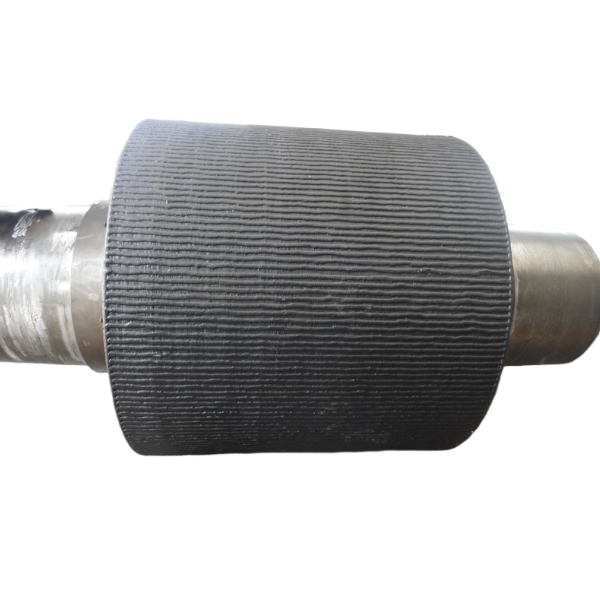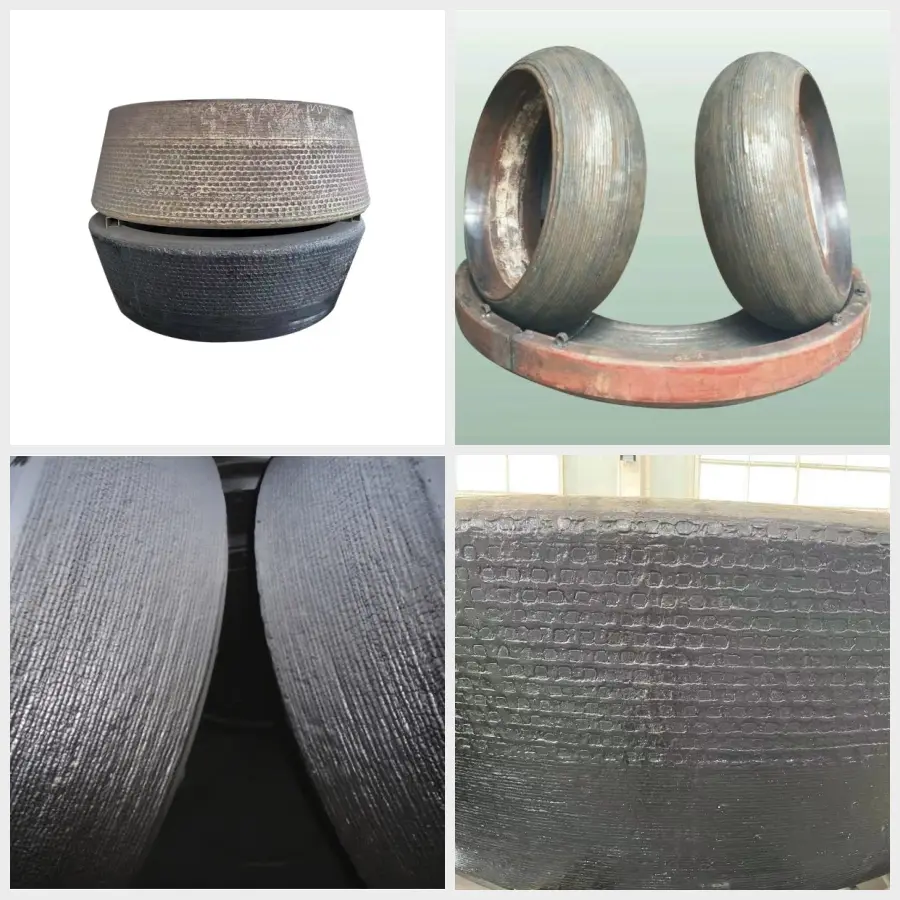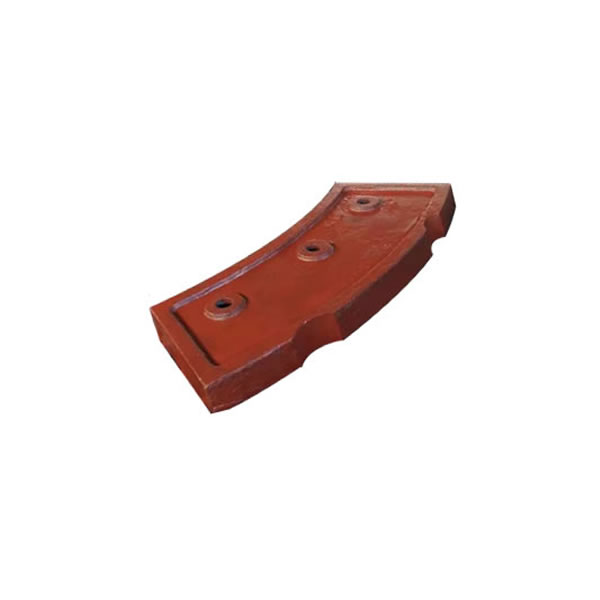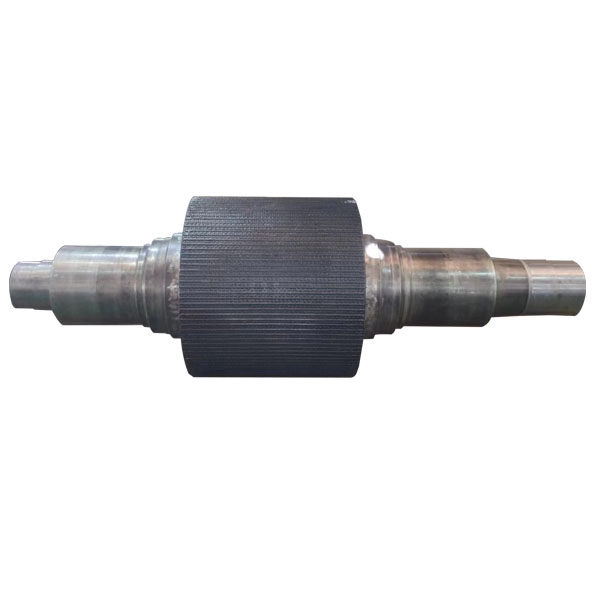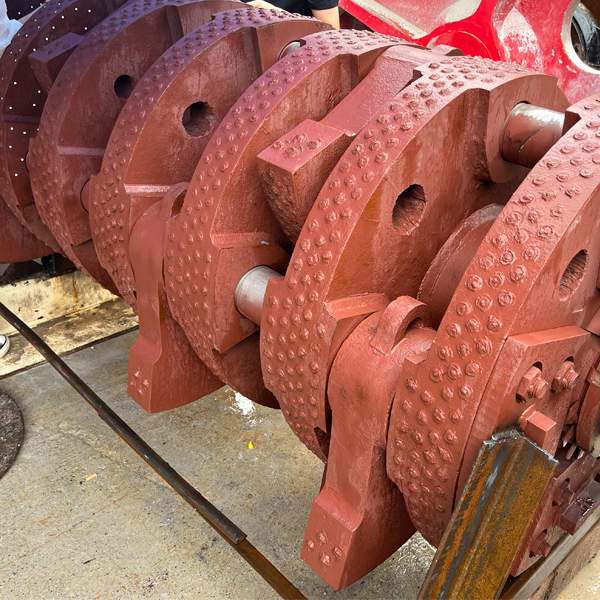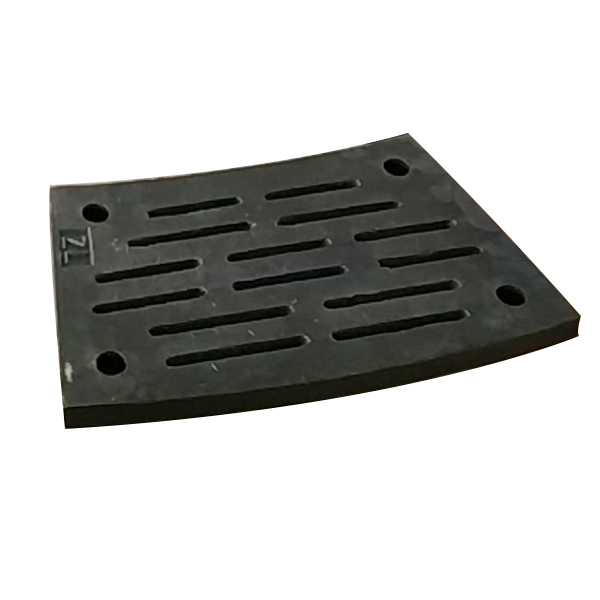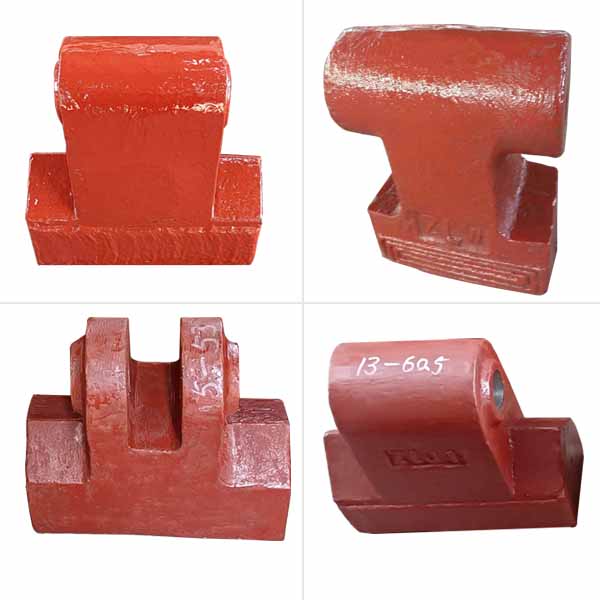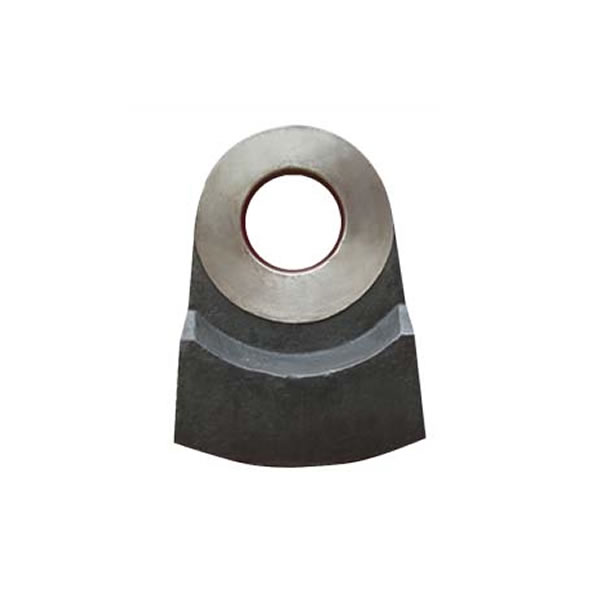Vertical mill/ Roller press Surfacing roller
Global Sales OEM tailor design
Product name: Vertical mill/ Roller press Surfacing roller/Roller press hardfacing roller
Production process: Forging plus surfacing
Applicable machines: Roller press,Vertical mill
Material types: 35CrMoA OR 42CrMoA + hard facing layer
Applicable industries: Cement, chemicals, electricity, metallurgy, building materials, refractory materials
Adaptable materials: Cement,Limestone, slag, coke, coal and other materials
Our service:
1. Before sales, we will fully understand the customer's working conditions and recommend the most appropriate material selection to the customer.
2. Provide customers with drawings based on their machine models, spare parts dimensions, etc.
3. After sales, we will continue to pay attention to the usage of the product and provide timely help.
If you need detailed technical information of the product or cannot find the product you need on the website, please email us(cnwearparts@lyzhili.com), because we are a customized factory for roller press spare parts.

